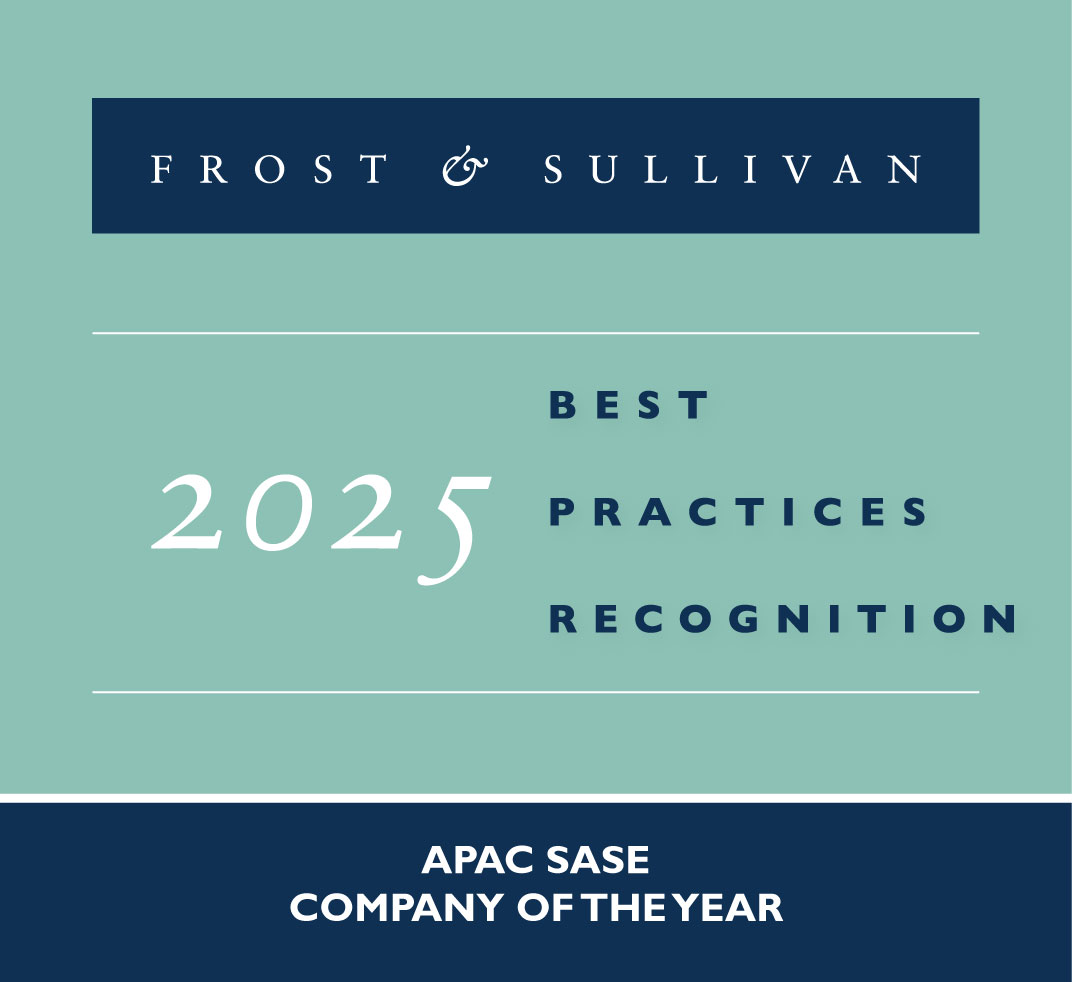The smart manufacturing trend that will span the next 5 to 10 years will trigger the adoption of digital solutions across industries, says Frost & Sullivan
Santa Clara, Calif. –February 23, 2021–Frost & Sullivan’s recent analysis, Digital Industrial and Energy Guidebook, highlights critical market issues—complex market messaging, several me-too solutions, value-creation uncertainties, and quick-hit benefits realization—that restrain organizations from wide-scale digital solution adoption. The study helps them address these issues by comprehensively evaluating solution providers’ ecosystems. The guidebook serves as a digital solution selection tool as it identifies the top 50 digital best practitioners across industries, characterized in three main categories—an enterprise-specific best practice, industry-specific best practice, and function-specific best practice.
Primarily driven by operational excellence, organizations throughout industries are likely to adopt digital solutions. As a result, the addressable market for digital solutions in industrial and energy markets is estimated to reach $543.66 billion by 2025 from $449.12 billion in 2020, registering growth at a compound annual growth rate of 3.9%. However, the market experienced adverse impacts of the COVID-19 pandemic in 2020 and is expected to recover from Q1 2021, with COVID-19 subsidies in Q4 2020, and surpass pre-COVID levels by 2024.
For further information on this analysis, please visit: http://frost.ly/5bx
“Automation is a critical part of the fourth industrial revolution (4IR) and will drive the shift to Industry 5.0,” said Rohit Karthikeyan, Industrial Industry Analyst at Frost & Sullivan. “Additionally, established industrial automation companies will have an appetite for digitalization featuring intelligent systems with sensory, context-aware, and analytics capabilities, which will offer them a competitive edge.”
Rohit added: “Collaborative robots or cobots have the potential to reshape major manufacturing areas, such as industrial design, training, and collaboration. Going forward, declining deployment costs and efforts to automate low-skilled jobs will prompt the adoption of artificial intelligence (Al)-based robots in manufacturing in the next 10 years.”
Organizations’ strong attempt to cut operational costs, enhance competitive advantage, and generate higher revenues will further push the demand for digital solutions, presenting lucrative growth prospects for solution providers. Market participants will benefit from the following:
- Automation vendors should leverage their installed information base to understand end users’ process requirements and collaborate to identify pain points and offer customized digital solutions.
- Solution providers must develop comprehensive plans covering data access, management capabilities, flexibility, scalability, and innovation roadmaps to provide value to their customers.
- Organizations must develop a robust digital strategy across the value chain, from origination/sourcing to delivery, to navigate profit pressures by increasing operational performance.
Digital Industrial and Energy Guidebook is the latest addition to Frost & Sullivan’s Industrial Automation & Process Control research and analyses available through the Frost & Sullivan Leadership Council, which helps organizations identify a continuous flow of growth opportunities to succeed in an unpredictable future.
About Frost & Sullivan
For six decades, Frost & Sullivan has been world-renowned for its role in helping investors, corporate leaders and governments navigate economic changes and identify disruptive technologies, Mega Trends, new business models, and companies to action, resulting in a continuous flow of growth opportunities to drive future success. Contact us: Start the discussion
Digital Industrial and Energy Guidebook
K4FF
Contact:
Jaylon Brinkley, Corporate Communications
M: 832 481 4884; P: 210 247 2481
E: jaylon.brinkley@frost.com




